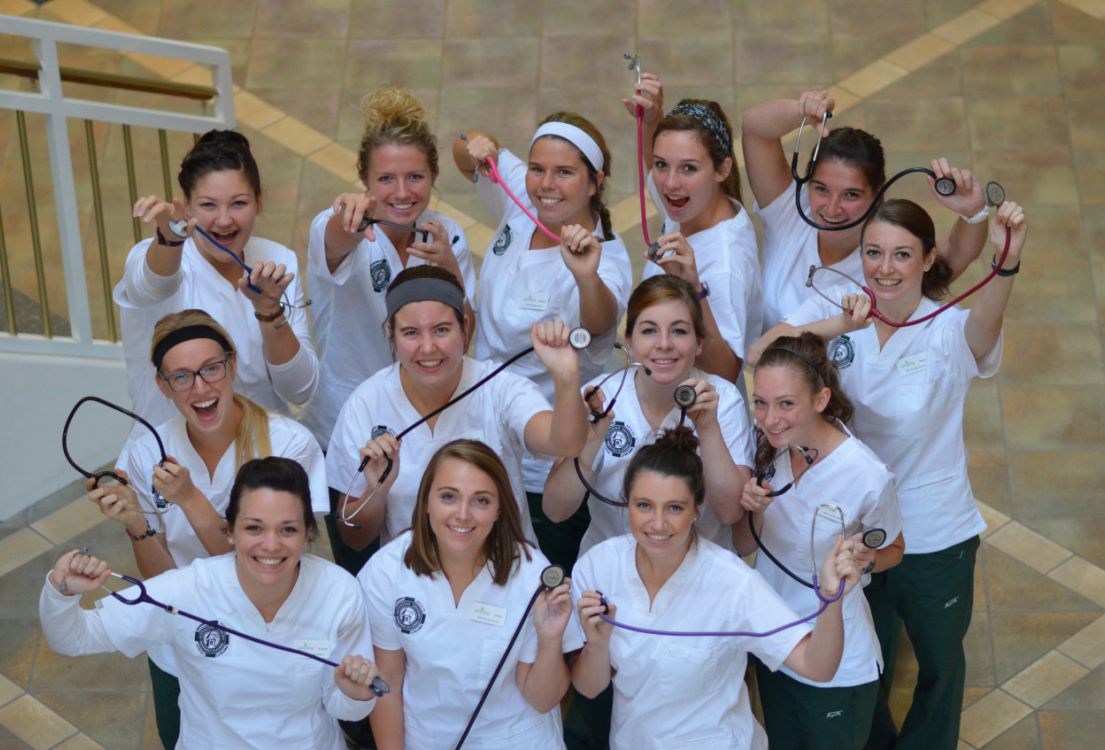The Heart of a Nurse
"To do what nobody else will do, in a way that nobody else can do, in spite of all we go through…that is what it is to be a nurse." – Rawsi Williams
Bedside nurses are the backbone of the health care network, and we need them now more than ever. The U.S. Bureau of Labor Statistics projects that from 2021-2031 there will be an average of about 203,200 job openings for registered nurses each year.1
While not everyone is the right fit for bedside nursing, it is an incredibly rewarding and life-giving profession for others. The care that nurses provide changes the lives of patients and their families.
The following story illustrates this point with a personal touch. It was written some time ago by a Huntington University graduate. If you think a Christian nursing school might be right for you, check out Huntington University’s Department of Nursing at huntington.edu/Nursing and see why current students and alumni love their jobs.
In the fall of my sixth-grade year, my mom told me my aunt and godmother, Linda, was sick – stage four breast cancer. I immediately tried to imagine her without that long, gorgeous brown hair. She was in her mid-30s, active and healthy…someone I hardly saw with a cold, let alone something far more serious. But her doctor told us she would be lucky if she lived until Christmas.
Over the next several months of chemotherapy and surgical procedures to save my aunt’s life, our family developed a rapport with one of Linda’s nurses. She was a source of cheerfulness and strength when we had neither left to give. When Thanksgiving came and Linda’s hair had mostly fallen out, her nurse promptly christened that first wig “Mochachino,” who would become Linda’s sassy alter-ego. We laughed until we cried over Mochachino’s personality, and it made my aunt smile and look like herself again.
There were hard days when my aunt would not want to eat or was too sick for company. Her nurse coaxed Linda to take a few bites when my mother could not and rallied us when hope was almost gone. She was so much more than just a nurse — she was a case worker, cheerleader, and most of the time, Linda’s primary caregiver. She acted as a buffer between my aunt and death itself.
It has been nearly ten years since my aunt entered remission, and I still remember her nurse vividly: fiercely devoted to her patient’s care, a source of positivity and holding our hands throughout a living nightmare. It is why I still remember Linda’s nurse after all this time.
——
1 Occupational Outlook Handbook, Bureau of Labor Statistics, 2022

